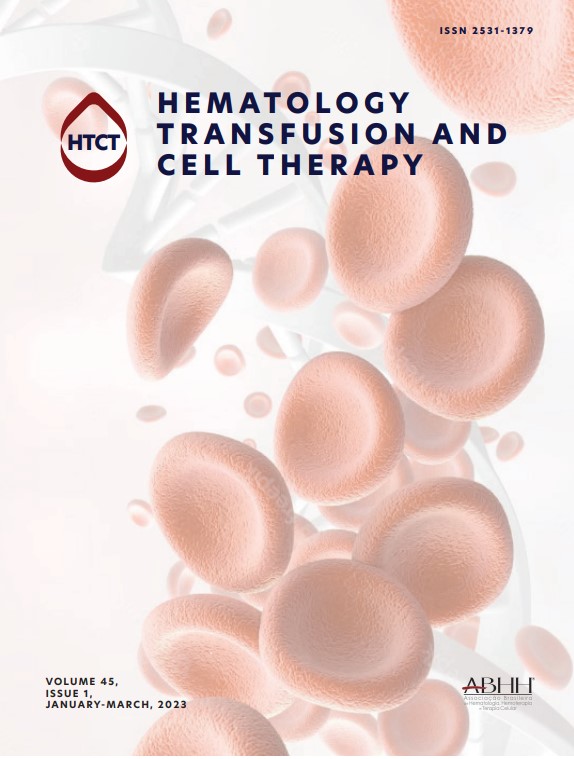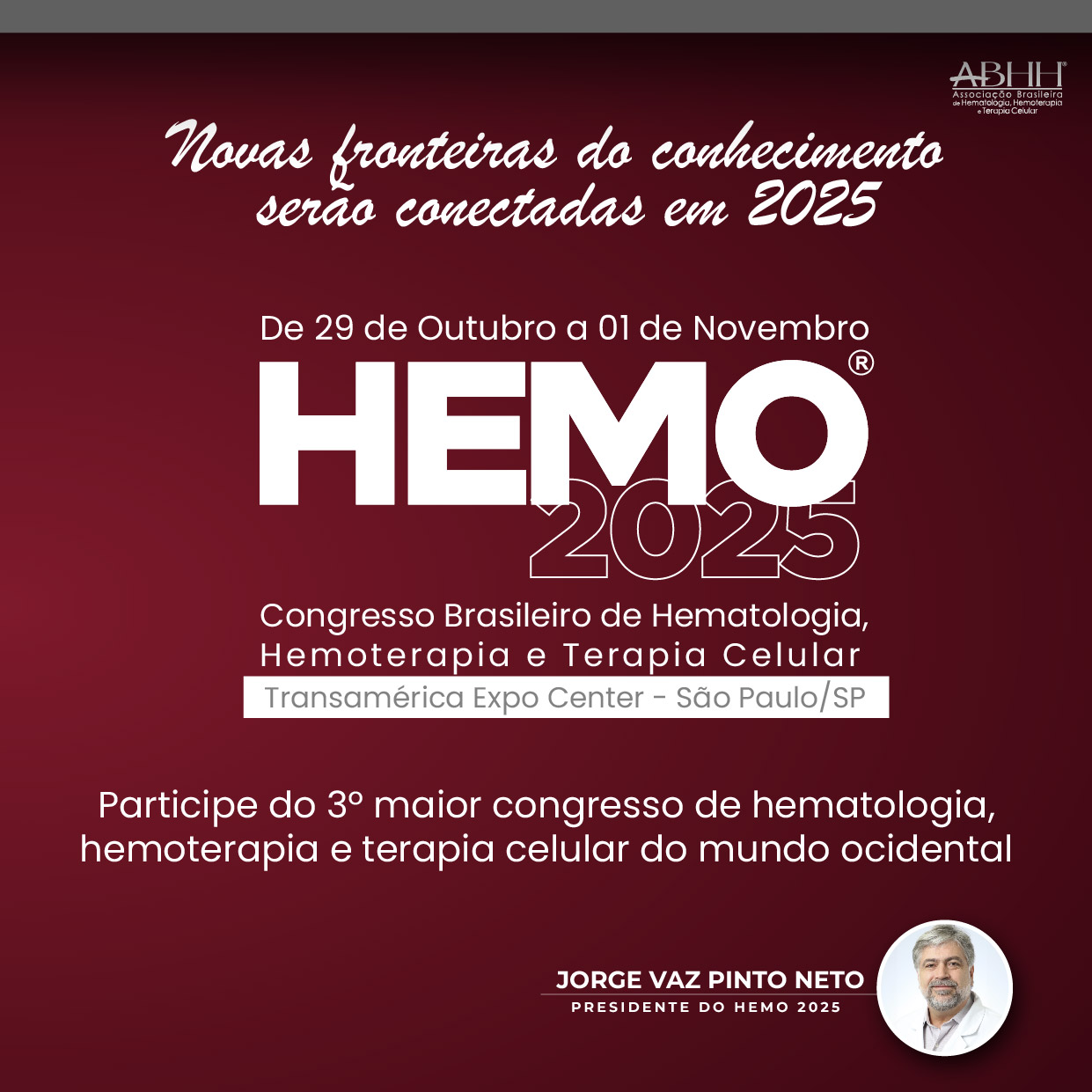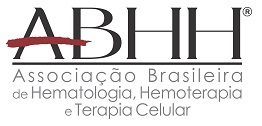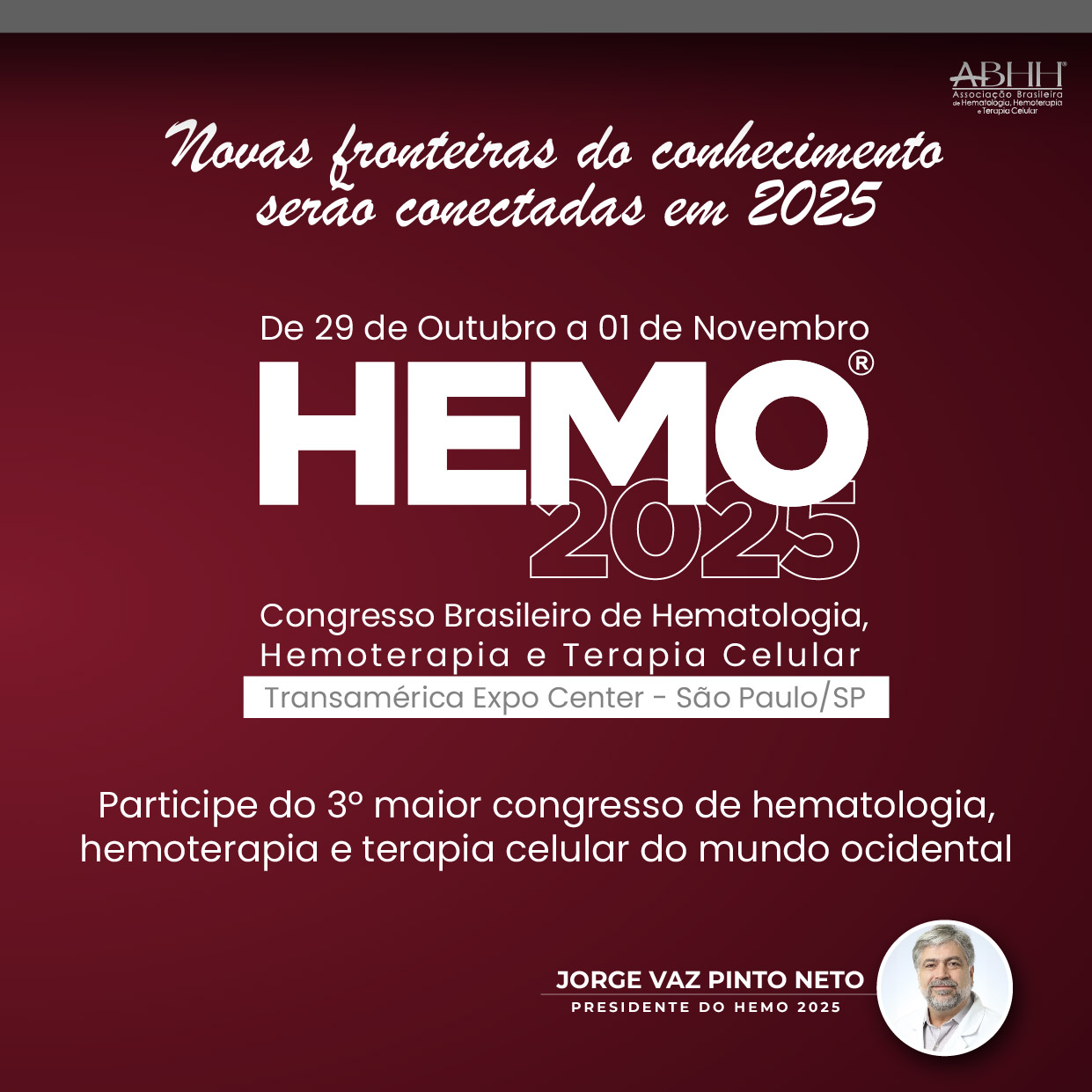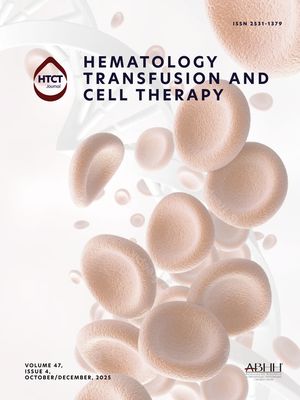
MCL is a rare but usually aggressive non-Hodgkin lymphoma that most commonly affects the elder population. It is now recognized as a heterogeneous disease with variable biologic and clinical behavior. MCL is considered incurable with current therapies and has historically been associated with a poor prognosis. . Large gains were made in the first decade of the new century when clinical trials established the importance of high-dose therapy and autologous stem-cell rescue and high-dose cytarabine in younger patients and the benefits of maintenance rituximab and bendamustine in older patients. Patients with mantle cell lymphoma (MCL) usually respond to initial combination chemotherapy, but the disease inevitably relapses and often follows an aggressive course. Treatment paradigms have evolved along two lines. Younger, fit mantle cell lymphoma (MCL) patients are generally treated with intensive strategies and older less fit patients with non-intensive strategies. Management of patients with newly diagnosed mantle cell lymphoma (MCL) depends on the age and fitness of the patient. For younger patients, the commonly accepted standard of care is a high-dose cytarabine-based induction chemotherapy followed by autologous stem cell transplantation (ASCT). In newly diagnosed patients with MCL ineligible for intensive therapy and ASCT, the standard-of-care has generally been R-CHOP (rituximab, cyclophosphamide, doxorubicin, vincristine, and prednisone), followed by rituximab, maintenance. In recent years, bendamustine-based therapy has been increasingly adopted for older MCL patients and more recently, vincristine has been replaced by bortezomib in the R-CHOP combination as VR-CAP for previously untreated patients. Traditionally, the treatment of MCL has been determined by patients being deemed “transplant-eligible” or “transplant-ineligible”. In particular, greater depth of understanding of the molecular pathophysiology of MCL has resulted in an explosion of specifically targeted new efficacious agents. In particular, agents recently approved by the Food and Drug Administration include the proteasome inhibitor bortezomib, immunomodulator lenalidomide, and Bruton's tyrosine kinase inhibitor ibrutinib. Newer data suggest more tolerable front-line therapy, including regimens incorporating novel agents, may produce similar outcomes to intensive historical induction regimens. This may in turn preclude fewer patients from autologous stem cell transplant and produce better long-term outcomes in transplant-ineligible patients. In the relapsed/refractory setting, novel agents and combination regimens are improving outcomes and changing the landscape of treatment. New therapies with distinct mechanisms of action, including novel immunotherapeutics, antibody-drug conjugates, and non-covalent BTK inhibitors, have demonstrated great potential for improving outcomes post–BTK inhibitor failure in relapsed/refractory mantle cell lymphoma. Although cBTK inhibitor has transformed the treatment landscape in B-cell malignancies, the majority of patients will eventually experience disease progression or treatment intolerance. There are 2 oral BTK inhibitors approved for use in relapsed MCL: ibrutinib and acalabrutinib. Acalabrutinib, originally referred to as ACP-196, is a novel, irreversible BTK inhibitor that was designed to be more kinase-selective than ibrutinib. Orelabrutinib is an orally administered, potent, irreversible and highly selective BTK-inhibitor being developed the treatment of B cell malignancies and autoimmune diseases. Tirabrutinib irreversibly and covalently binds to BTK in B cells and inhibits aberrant B cell receptor signalling in B cell-related cancers and autoimmune diseases. Zanubrutinib received accelerated approval in the USA on 14 November 2019 for the treatment of adult patients with mantle cell lymphoma (MCL) who have received at least one prior therapy, based on overall response rate (ORR) seen in phase II and I/II clinical trials. Palbociclib is a specific, potent, oral inhibitor of CDK4/6 capable of inducing a complete, prolonged G1 cell cycle arrest (pG1) in Rb+ MCL cells. Zilovertamab vedotin is an antibodydrug conjugate, which binds specifically to receptor tyrosine kinase-like orphan receptor-1 (ROR-1), an oncoprotein that is pathologically expressed in mantle cell lymphoma and other malignancies. The development of anti-CD19 CAR T-cell therapy represents a major advance in the treatment of patients with chemorefractory B-cell malignancies.

